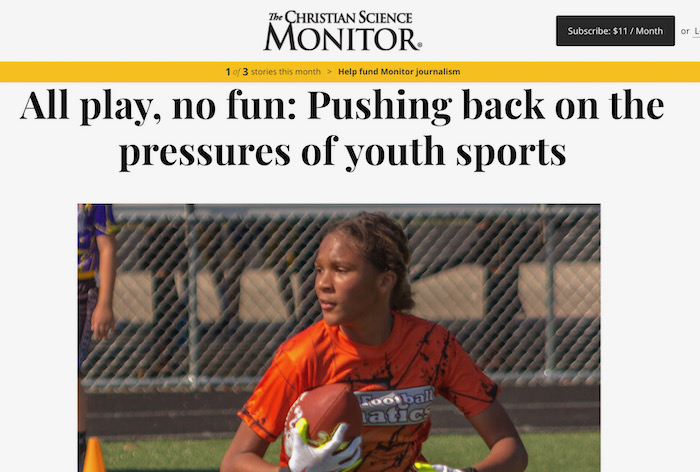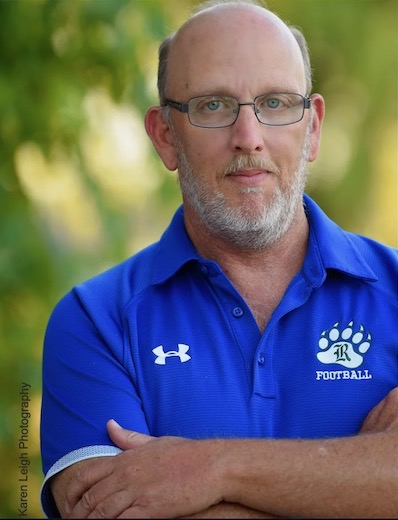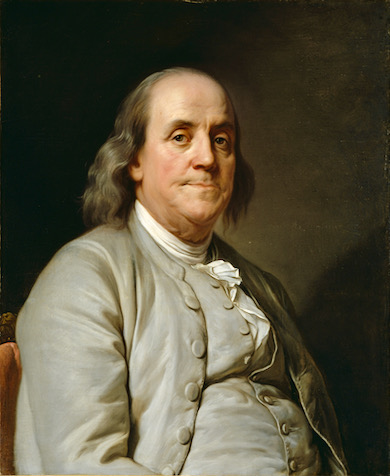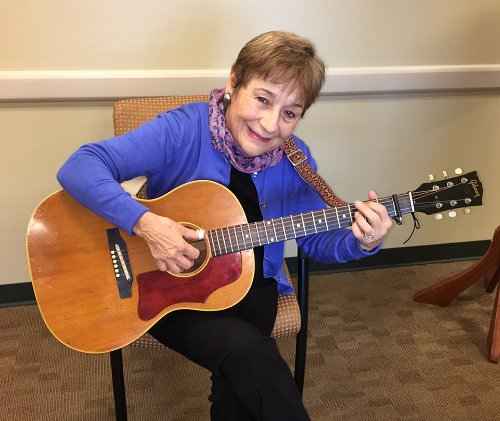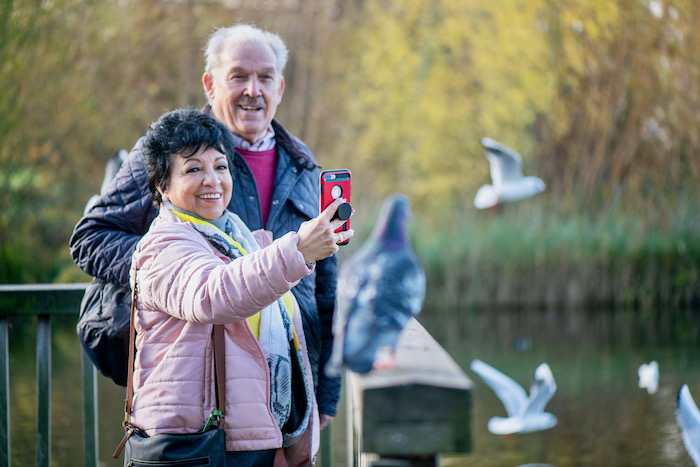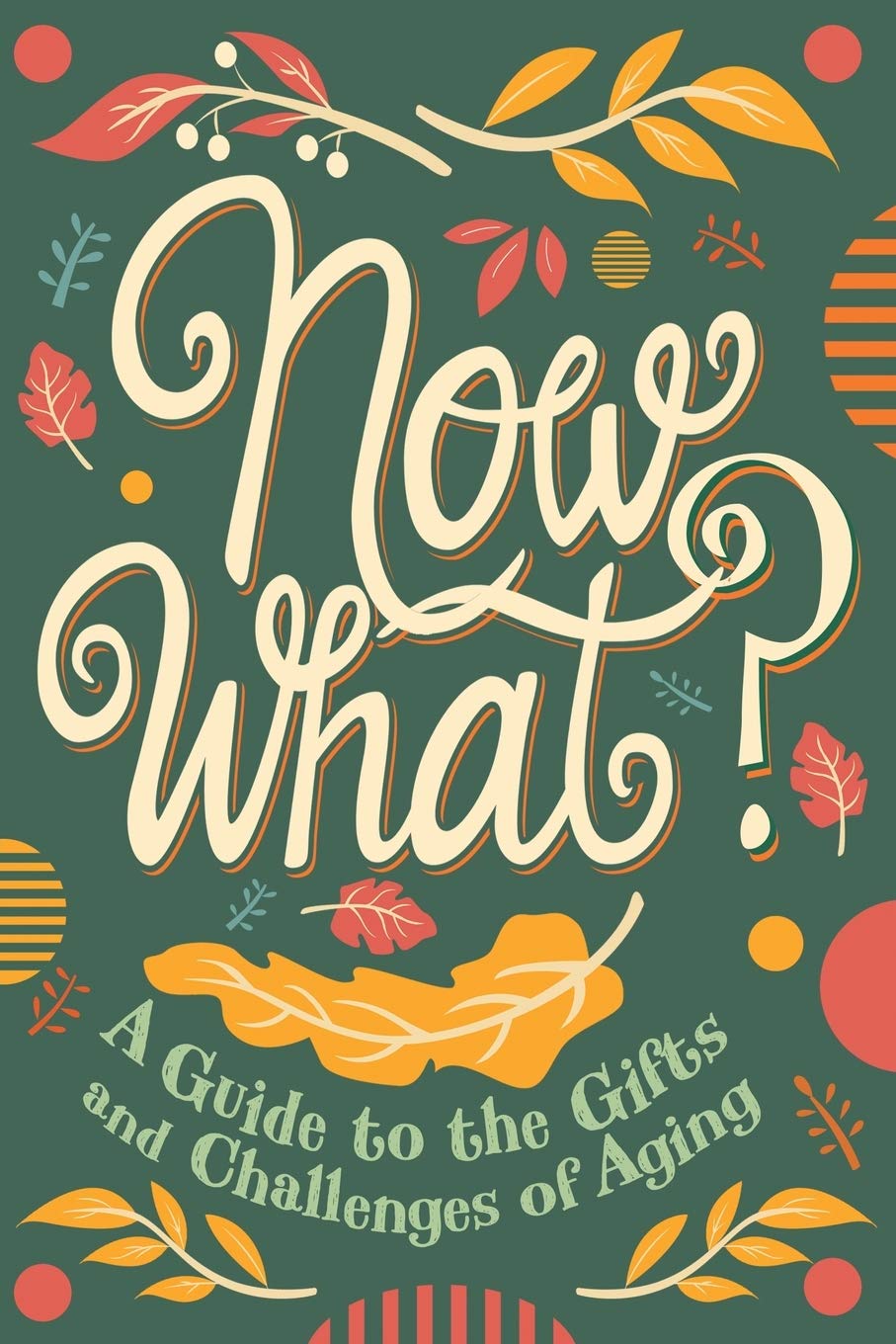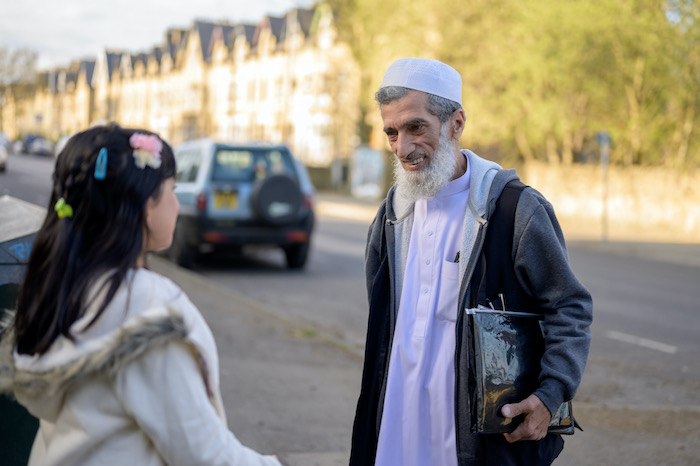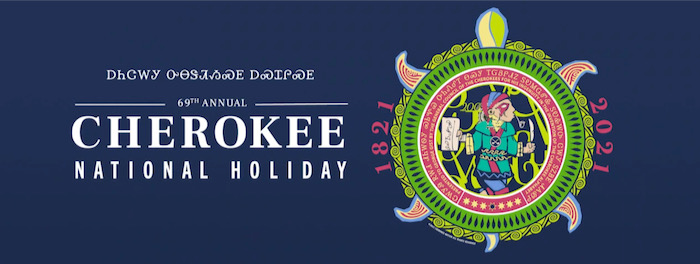In our We Are Caregiving section, we publish a wide array of stories that are helpful to America’s millions of caregivers, including parents.
This week we are recommending a story for parents by journalist Martin Davis, who specializes in covering the deeper personal dynamics of sports. One of Davis’s stories appears in the current issue of the Christian Science Monitor (CSM), headlined: All play, no fun: Pushing back on the pressures of youth sports.
The CSM editor’s note explains Why We Wrote This: “Amid increasing pressure to treat youth sports like a career, some families and educators are pushing back–demanding playtime be fun again, and offering solutions to make it equitable and affordable.”
Davis reports on “a growing movement to push back on a system that expects children and their parents to treat game time like a career with adult demands and expectations.”
.
.
 Care to read more?
Care to read more?
ARE YOU INTRIGUED by this column from journalist Martin Davis? Right now, Martin and our editors are completing a book filled with uplifting stories about high school coaches and players nationwide—men and women, black and white, famous and unsung heroes alike.
His book will appear soon in our series of 30 Days With under the title: 30 Days With America’s High School Coaches.
You can follow Martin’s work through his personal website, MartinDavisAuthor.com, which describes his work as an author and editor, as well as his background as a veteran journalist for national publications.
Look around that website and sign up to receive free updates from Martin about new columns and podcasts. You’ll be glad you did!
,
,
